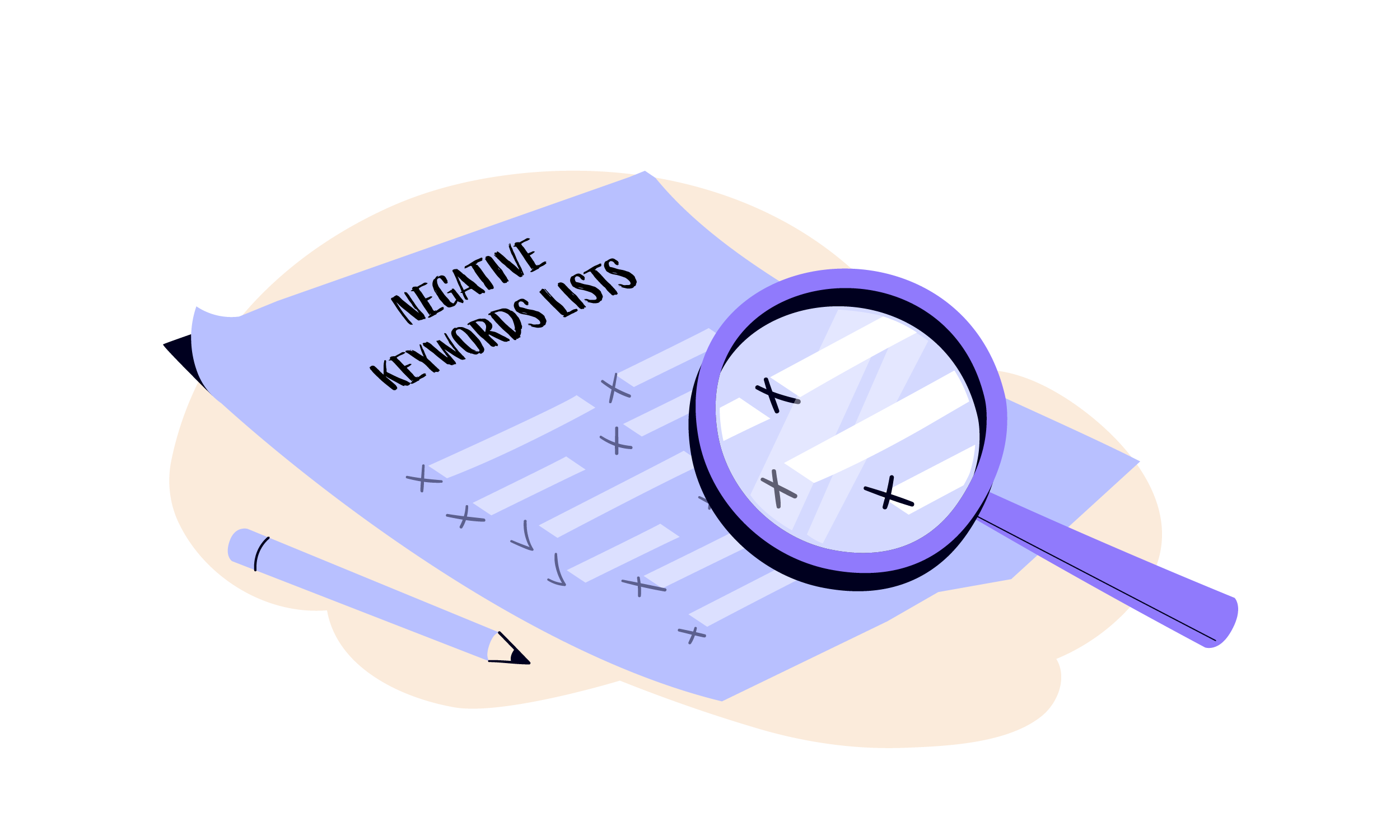A Digital Marketer’s Guide to Google Posts
As digital marketers, we actively welcome new opportunities to communicate with our customers. Google’s social
Paid search is one arena of the marketing world that can throw new marketers for a loop. While we all have experience using a search engine, reaching the right audience, optimizing your campaigns for user intent, and excluding the traffic you don’t want can feel a bit like learning a new language. Lucky for you, we’re here to translate. Get a crash course in PPC best practices to get the most out of your advertising strategy.

The marketing world is constantly evolving, and PPC is no exception. Change is one of the most important things to address as a PPC marketer. In 2022 alone, Google made major changes, including leaning into machine learning in ways that have marketers divided. Knowing what formats, functions, and challenges are on the horizon can help you keep a leg up on your competitors.
When you think of PPC, you likely have search engine results in mind. However, PPC has several different campaign types and placements available. For example:

Testing is one of the most important steps to finding success in PPC. In addition to placements, you’ll want to test other variables within your campaigns and ad sets. From your selling point (does price or quality resonate more?) to timing and landing pages, you can test, tweak, and improve your advertising results.
Responsive search ads can also help to maximize your performance and better match your ad copy to a user’s search terms. You’ll need to enter multiple headlines and description options to take advantage of this tool. Then, as your campaign progresses, the platform will test various combinations to determine what works best for different search queries.

In addition to thinking about everything you want to add to your campaigns, consider the things you want to remove. Placement exclusions allow you to stop your display ads from showing on certain websites, apps, or channels. For example, your B2B service likely doesn’t make sense on a website tailored to children’s toys. Additionally, most businesses don’t want their ads to appear on religious, political, or low-quality sites.
In that vein, you can use keyword exclusions to avoid traffic you don’t want from search ads. For example, a headshot photographer focusing on corporate work might want to exclude search terms that include ‘cheap’ or ‘bargain.’ If you’re trying to weed out information seekers, you may want to avoid search queries that include ‘about,’ ‘example,’ and ‘history.’
As you test, take advantage of the power of machine learning tools. You can save tons of manual work by taking advantage of automated rules. Automated bidding strategies, for example, can help you optimize your ad performance to save time, meet goals, and achieve better performance.
Geotargeting, also known as local PPC, refers to campaigns that target an audience in a specific location. Depending on the service or product you’re advertising, you might want to restrict where your ad is shown to certain regions, cities, or radiuses of a location. You can also add location-specific terms to your ad copy to make your content hyper-relevant to your audience.
It will take multiple touchpoints with a brand for most users to convert to a sale, so if you aren’t taking advantage of remarketing tools, you’re likely missing out on potential customers. For maximum effectiveness, retargeting should be relevant to the user’s actions or browsing history on your site.
Last but not least, make sure you have conversion tracking in place before you launch your campaigns. Failure to do so makes measuring the success of your advertisements significantly more challenging.
PPC offers a wealth of opportunities for advertisers, but there is a learning curve. If you want to save yourself the headache, consider leaving it to the experts! The team at Front Porch Solutions has the knowledge and experience to get your ads up and running, optimize your campaigns, and deliver real-time performance metrics.
Fill out the form and we’ll be in touch as soon as possible.